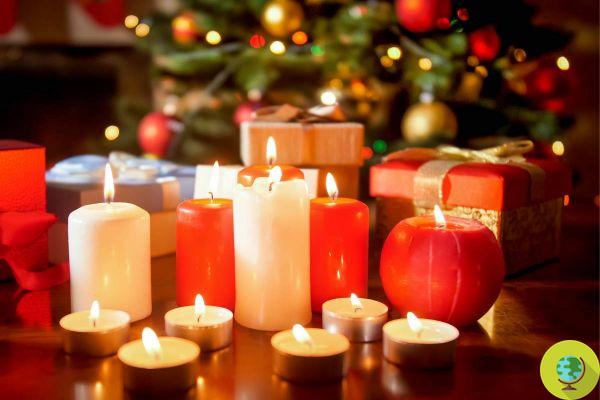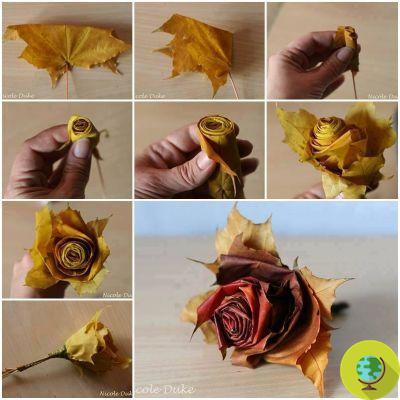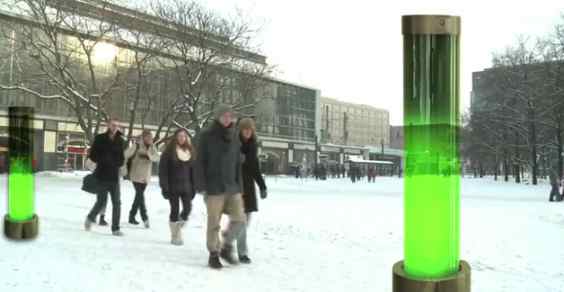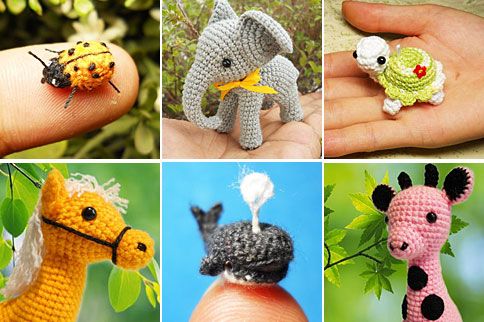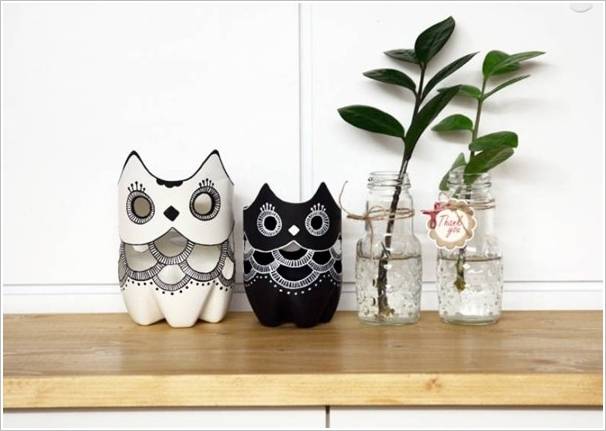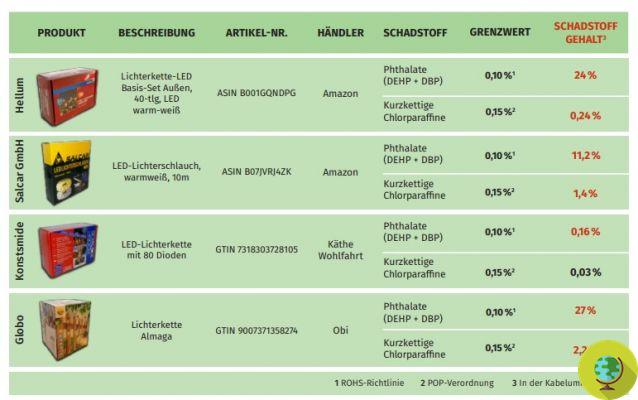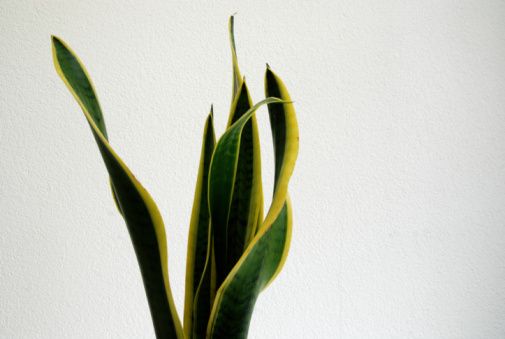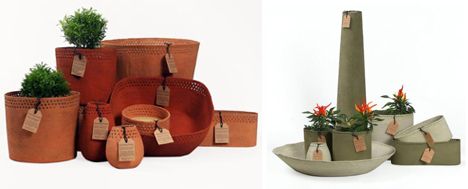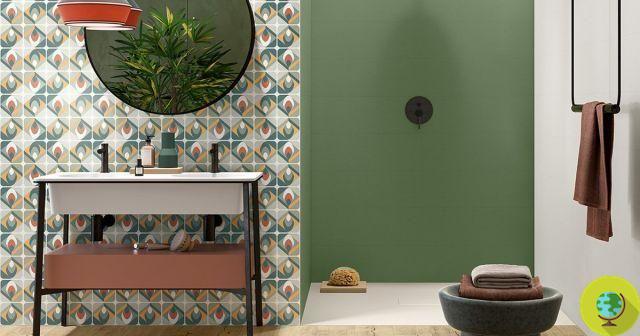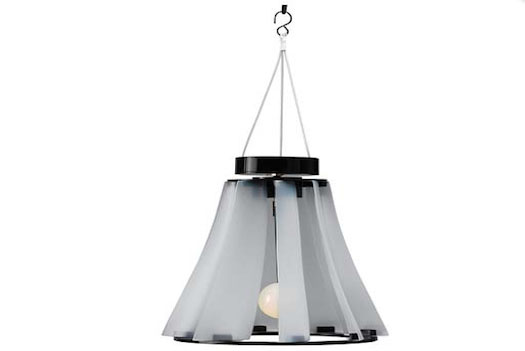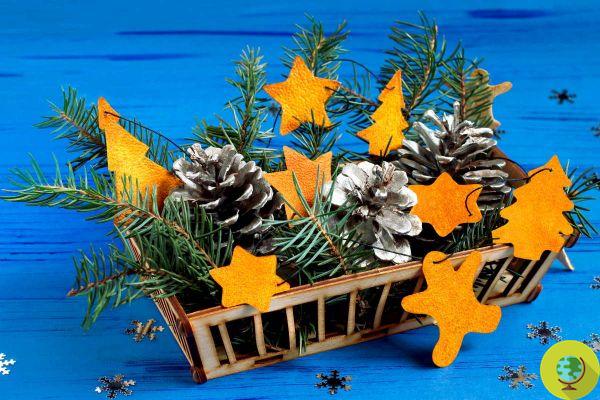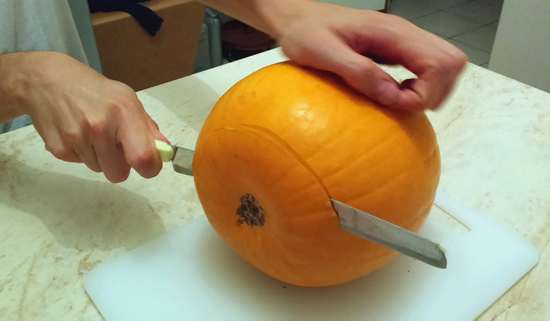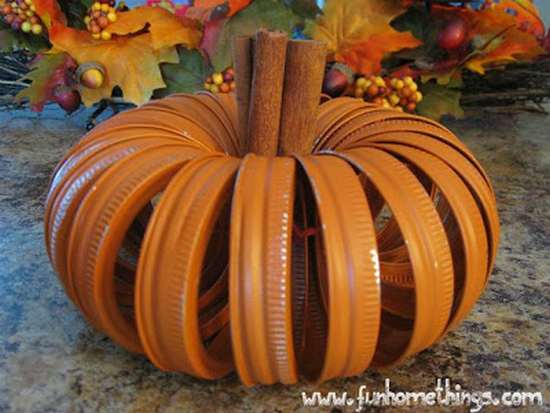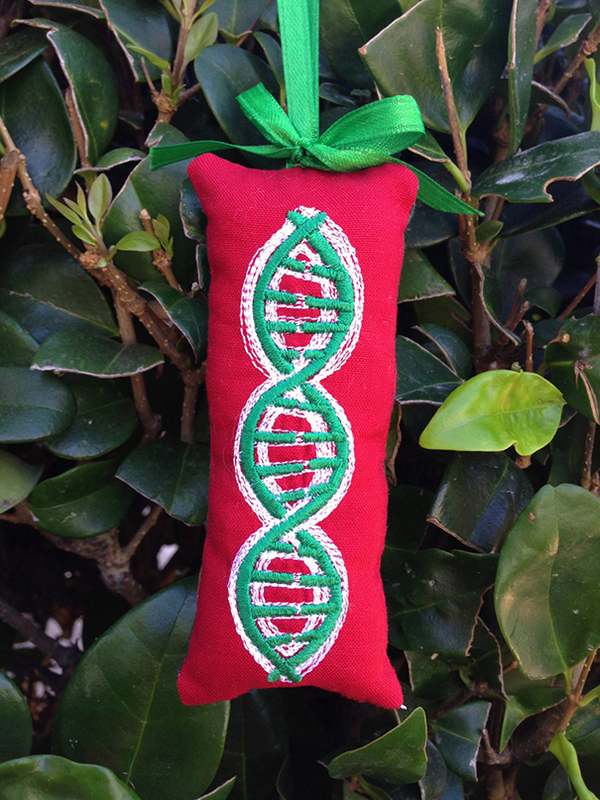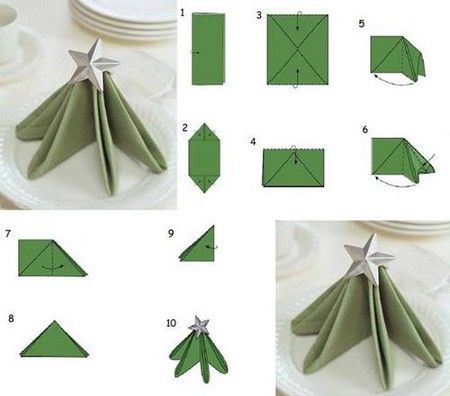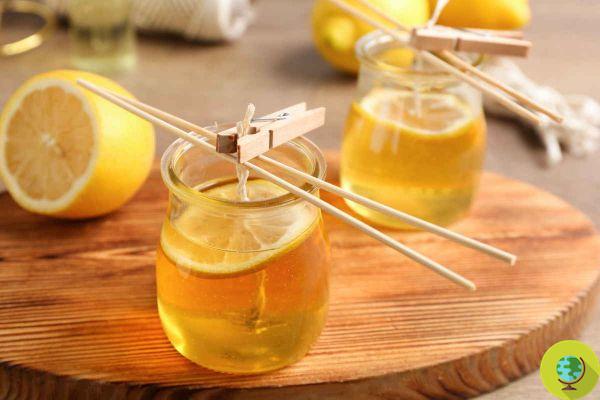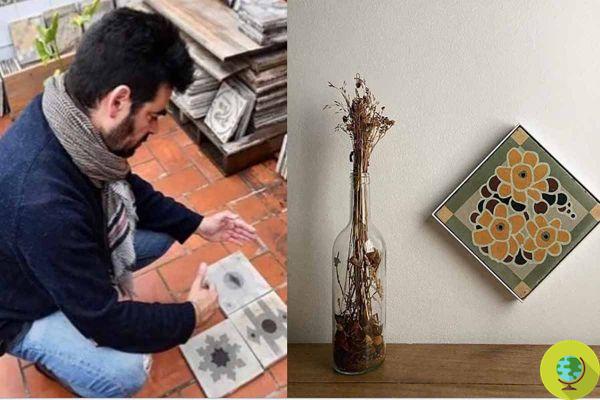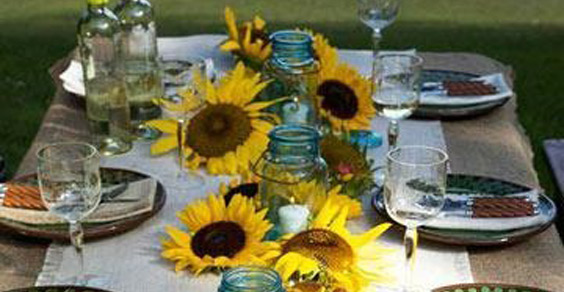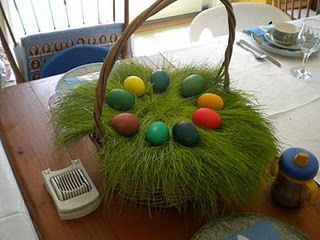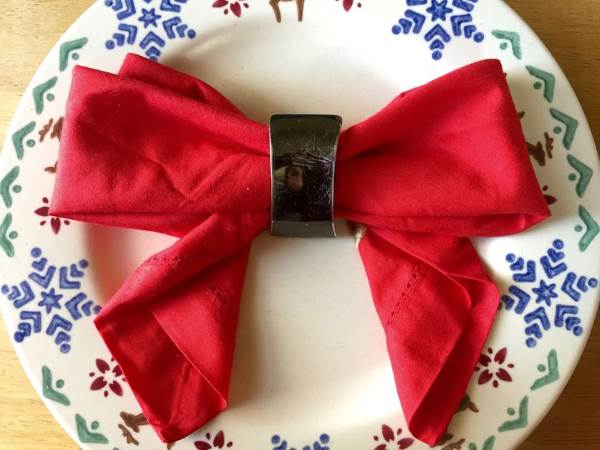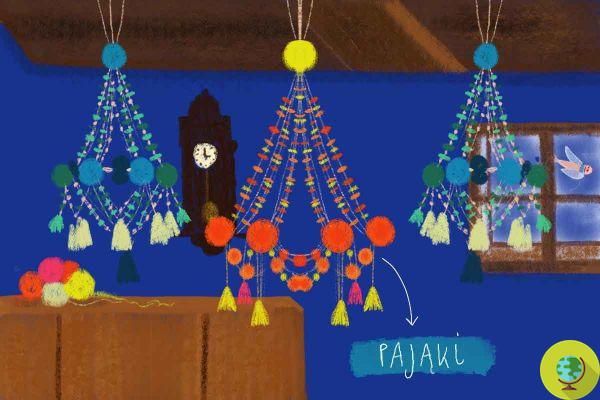
They are called Pająki, they are traditional Polish decorations that are now more and more fashionable. Let's find out how to make them.
He is about to end up run over, his mother saves himThey smell of old houses, they burst with joy, bring good luck. Are the Pająki, straw and paper decorations typical of Polish folklore, which in the most popular form are reminiscent of majestic chandeliers of churches and palaces.
Country women made them during the winter evenings when, between a chat and the other, wonders were born. Once completed, they were used to decorate the house in view of the most important holidays and celebrations. Christmas. Easter. But also weddings and baptisms.
Beautiful yes but not only. Because the "pająk", which literally means "spider", according to tradition also brings luck.
Index
Pająki - the origins of traditional Polish decoration
The pająki date back to the end of the 19th century, originally made with rye straw, colored yarn, paper and tissue paper, but also other decorative elements according to the different local traditions.
View this post on Instagram
A post shared by Donatella Crippa (@rhapsody.in.colour)
They were hung from the ceiling in the center of the house or near windows and doors. But their function was not only decorative. They played a protective role. The peasants believed them to be able to ward off bad luck and evil spirits. Some models were also considered a source of fertility, luck and abundance.
View this post on Instagram
A post shared by Zosia Sompolińska (@ zosia.sompolinska)
In fact, magical properties were attributed to straw, especially if collected with your own hands. It is no coincidence that Polish peasants used to spread it on the floors of their homes during festivals and rituals.
Pająki: the tutorial to make them
The Pająki seemed destined for a sad end, like so many other folkloristic decorations that are now only the prerogative of museums. Until some creatives interested in popular art have recovered the ancient tradition by re-proposing it in a contemporary key.
Today, Pająki workshops are very popular and the web is teeming with tutorials. Like those, very famous, by Karolina Merska. Modern reinterpretations also offer alternative materials, although paper remains a great protagonist.
It will take a lot of patience to make them but the effort will certainly be rewarded by the wonderful result. Here is a tutorial which teaches you step by step how to do them.
Pająki: ideas and inspirations from the web
Once you have mastered the technique, you can experiment with even daring customizations by drawing inspiration from the following projects.
View this post on Instagram
A post shared by Karolina Merska (@karolinamerska)
In addition to tissue paper flowers, modern reinterpretations often include the addition of cute wool pompoms. Pretty right?
View this post on Instagram
A post shared by Karolina Merska (@karolinamerska)
View this post on Instagram
A post shared by ELIZABETH VEILLEUX (@fancy.flamingo.design)
Follow us on Telegram | Instagram | Facebook | TikTok | Youtube
SOURCES and ILLUSTRATIONS: Lamus Dworski / muzeumkolbuszowa / mirabilinto
Read also:
- DIY dried flower wreaths: step-by-step tutorials for making them
- Ideas for making a Christmas wreath with what you have at home
- DIY home decor and items made from recycled materials




